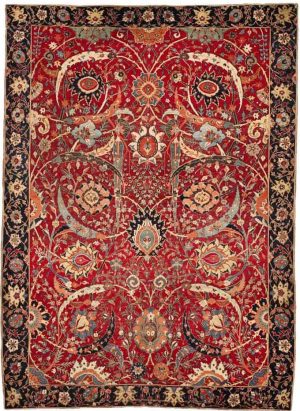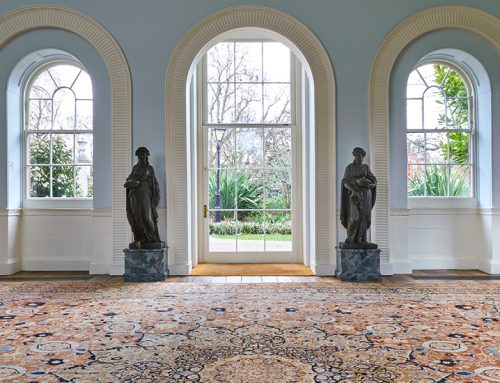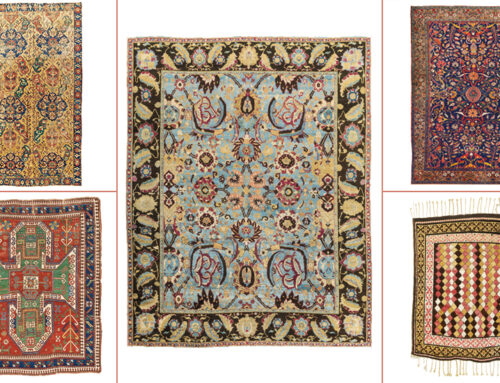“Carpet as Art” by Anthony Foster
Anthony Foster’s essay “Carpets as Art” is about how carpets should be seen as real works of art, just like paintings or sculptures. Many people think of carpets as just something to put on the floor, but Foster explains that they have a long history, deep cultural meaning, and incredible artistic value.
Carpets in History
Foster begins by talking about how, for hundreds of years, beautiful carpets were made in places like the Middle East, Central Asia, China, and Europe. Some of the best carpets were woven during the Renaissance and earlier, with rich patterns and fine materials like wool and silk. Many of these carpets were owned by powerful rulers, such as Henry VIII of England, the Medici family in Italy, and the Habsburg emperors in Austria. These rulers collected carpets just like they collected paintings or gold.
Later, in the 19th and early 20th centuries, wealthy collectors, museums, and scholars became more interested in carpets. Rich Americans like McMullan, Myers, and Ballard collected special carpets and gave them to museums. One example is The Textile Museum in Washington, D.C., which was started in 1925 to showcase beautiful woven textiles.

The Salting Carpet
The Salting Carpet. Persia 16th century. © Victoria and Albert Museum, London Famous carpets
Carpets in the Art Market
Foster explains that in recent years, more people have started to see carpets as valuable art. He gives an example of a Persian vase-technique carpet from the 1600s that was sold at Sotheby’s auction in New York in 2013 for an incredible $33.7 million. This was the highest price ever paid for a carpet, proving that collectors see them as rare and important.
Despite this, Foster says that carpets are still not as well appreciated as other kinds of art. Many people do not understand their beauty and cultural importance. He believes carpets can be judged in the same way as primitive, decorative, fine, and abstract art because they reflect creativity, skill, and history.

The Clark Sickle Leaf Carpet, a 17th century Persian vase-technique carpet.
Exceptional price $33.8 million for a 17th century Kerman carpet
Carpets in Paintings and Museums
Foster also points out that carpets have appeared in paintings for hundreds of years. Since the 13th century, artists have painted carpets in portraits of important people. This shows that they were seen as symbols of wealth and power.
Conclusion
In the end, Foster argues that carpets should be treated as serious art. They have been collected by kings, studied by scholars, and displayed in museums. Their history, design, and craftsmanship make them more than just everyday objects—they are works of art with great value.
This article is a good introduction for anyone who wants to learn about carpets as art. Foster explains their history, market value, and cultural importance in a way that makes it easy to see why they deserve more attention.
“Carpet as Art” by Anthony Foster, Anthony Foster – Fine and Decorative Period Art, Mexico City.







